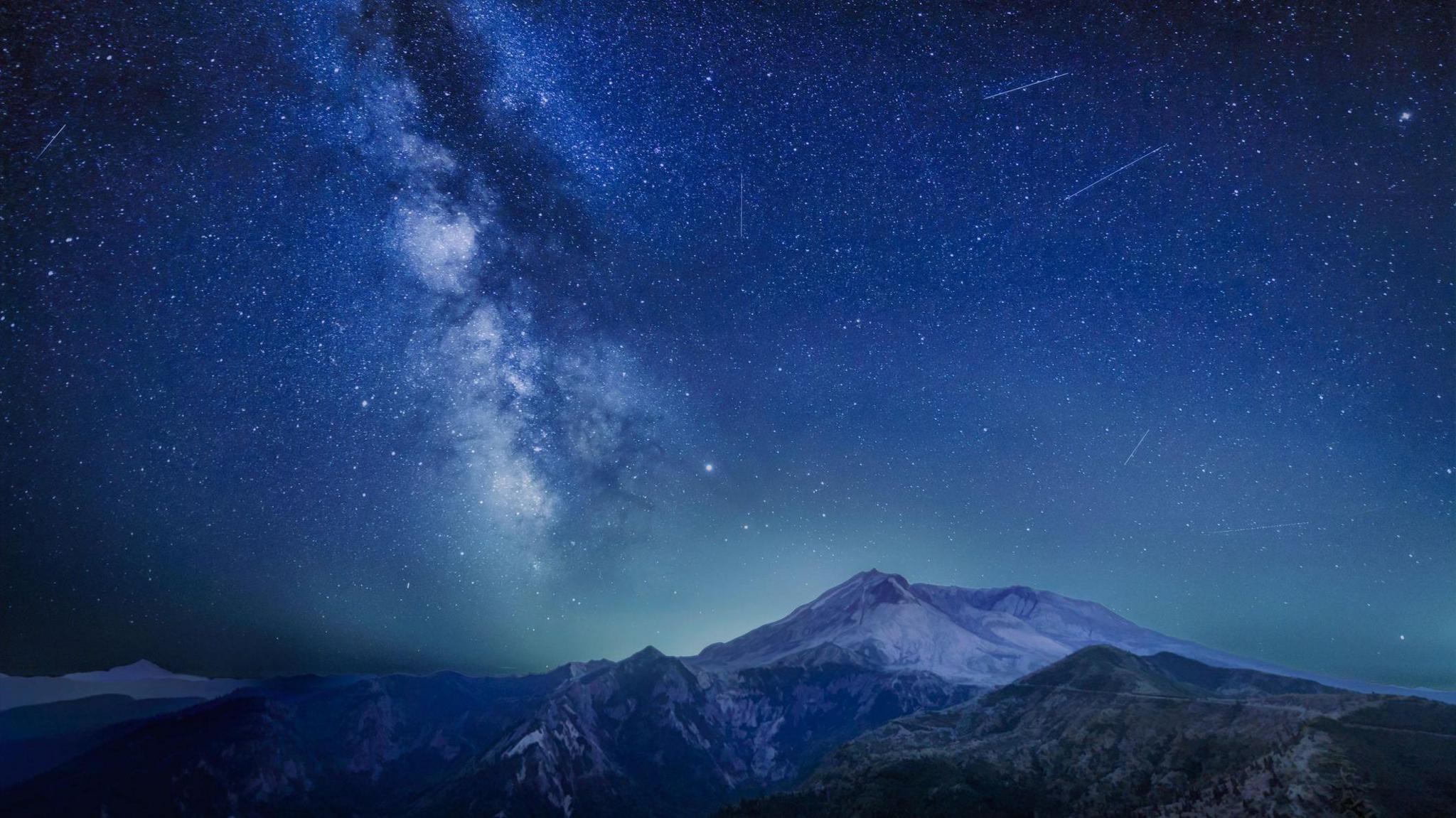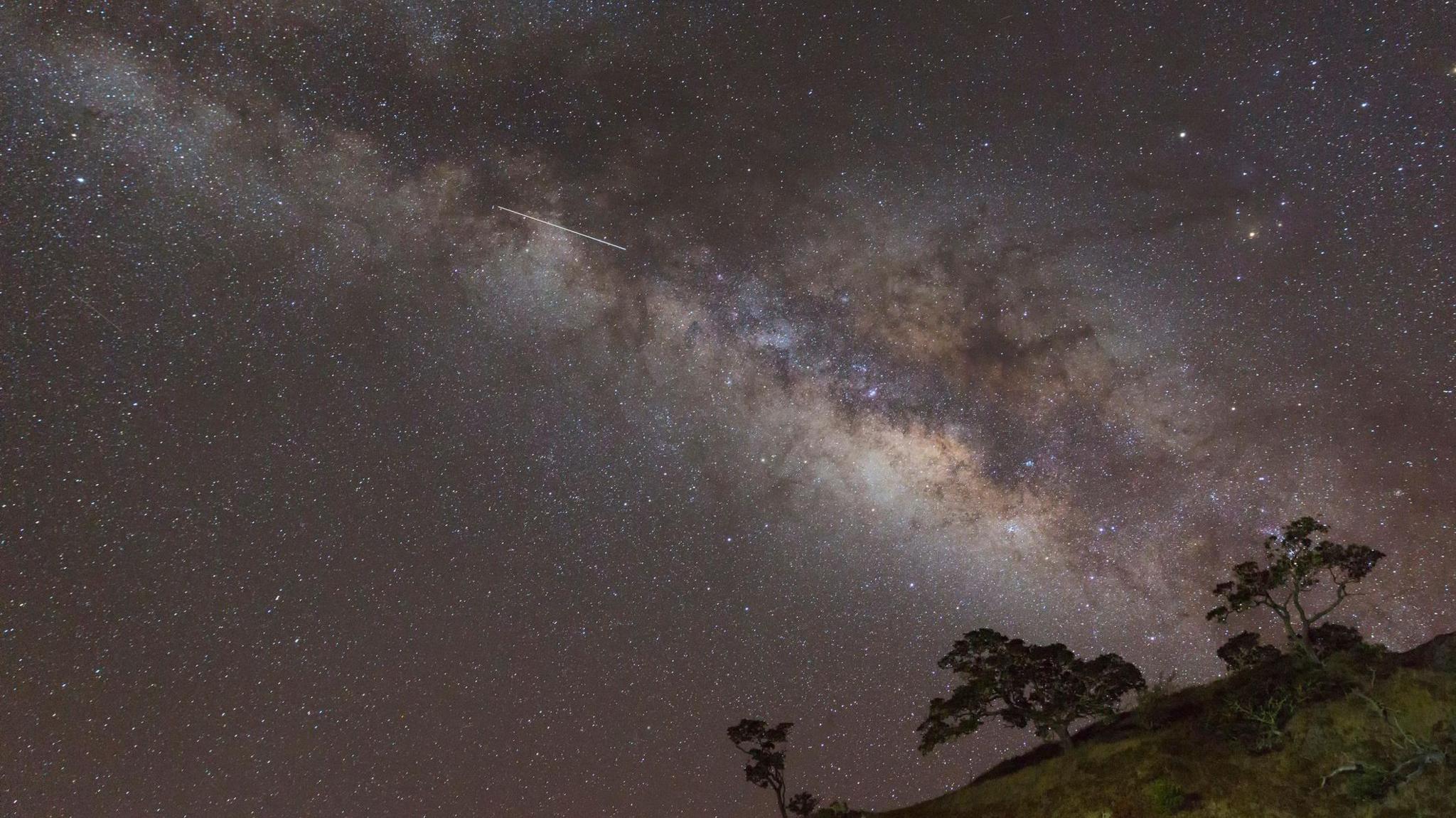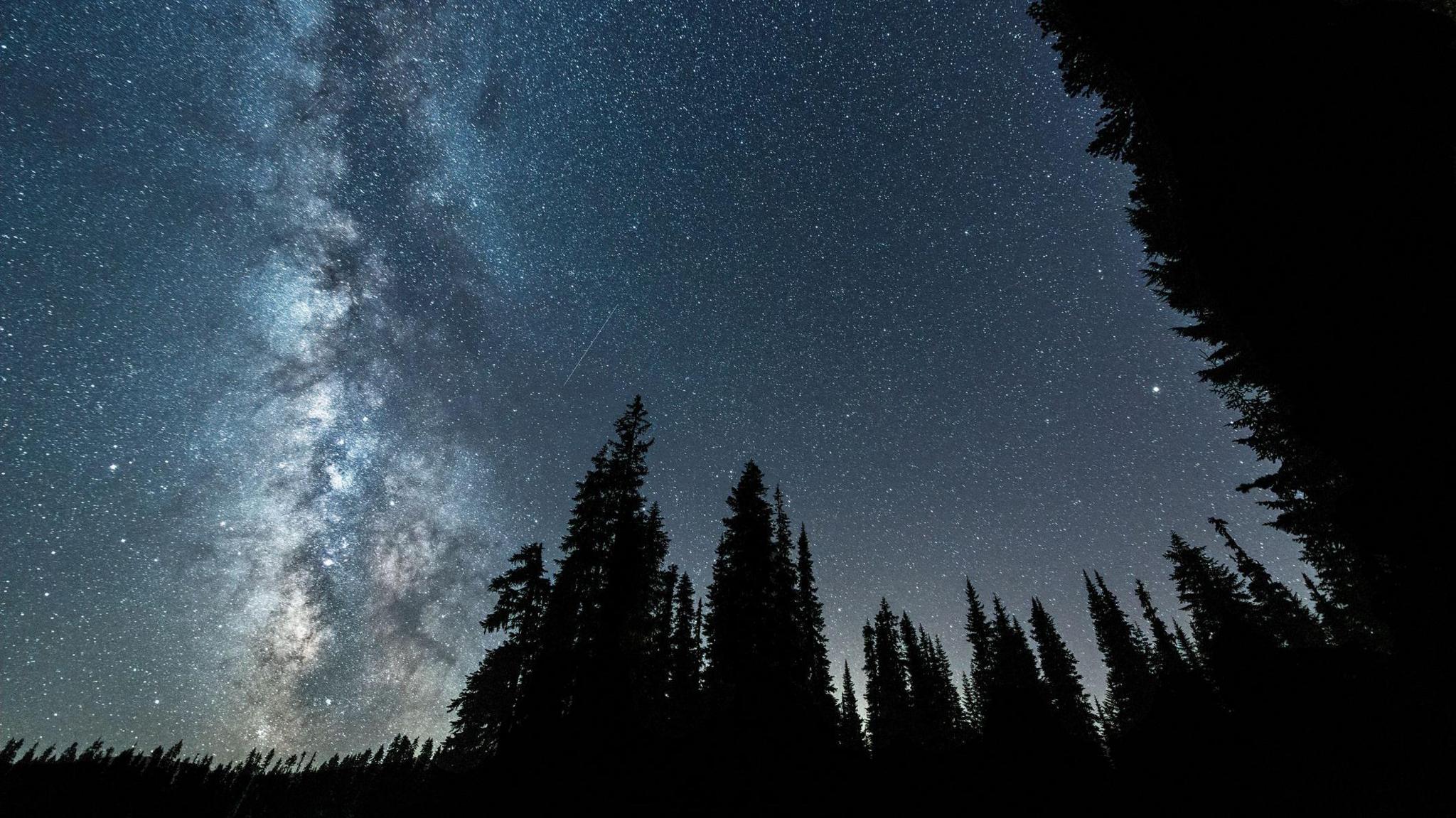Delta Aquariids: What is it and how can you see it?

- Published
Calling all stargazers and space fans!
You may want to look to the skies over the next few weeks because the Delta Aquariid meteor shower is just around the corner.
For 2025, they will be visible from 12 July until 23 August, with the peak of the shower taking place in the UK on Wednesday 30 July.
Keep reading to find out everything you need to know about the Delta Aquariids and how best to see it.
More like this
A massive piece of Mars could sell for $4 million
- Published3 July
Meteors, meteorites, asteroids and comets - what's the difference?
- Published13 February 2023
What is the Delta Aquariid meteor shower?

The Delta Aquariids meteor shower is named after the constellation Aquarius in the night sky and the bright star Delta Aquarii, which it appears to travel from.
However, astronomers are not actually completely certain where the Delta Aquariids originated from.
Originally, the shower was thought to have come about from the breakup of the Marsden and Kracht comets.
However, experts now think it's more likely to be from comet 96P/Machholz.
As that comet moves closer to the Sun and gets heated up, ice in the comet vaporises and loosens small bits of rock and dust which go on to form the meteors.
Meteors are small space rocks ranging from the size of a grain of sand to a pea.
As they enter the Earth's atmosphere they burn up, producing a bright streak of light.
When can I see this year's Delta Aquariids?

The Delta Aquariids are active from the middle of July every year, with the best night for viewing 2025's meteor shower expected to fall on Wednesday 30 July.
However, according to the Royal Observatory in Greenwich, the shower may be visible any time between 12 July and 23 August.
Stargazers with the right conditions should be able to see a steady stream of up to 25 meteors an hour at its peak, which is expected to take place between midnight and dawn.
What is the best way to see it?

The shooting stars will be visible to the naked eye so no special equipment is necessary.
However your eyes will need to adjust to the darkness in order for you to view the meteors more clearly.
Experts recommend that you step outside and look up at the sky 20 minutes before the shower is due to take place, so your eyes can adjust to the night sky.
If possible it is better to go away from urban areas where the light pollution from buildings, car headlights, street lamps and neon signs can cause too much glare.
Wrap up warm and bring a chair and some thick blankets so you can sit or lie down and look up for long periods without getting neck strain, or getting too chilly.
Good luck, stargazers!
